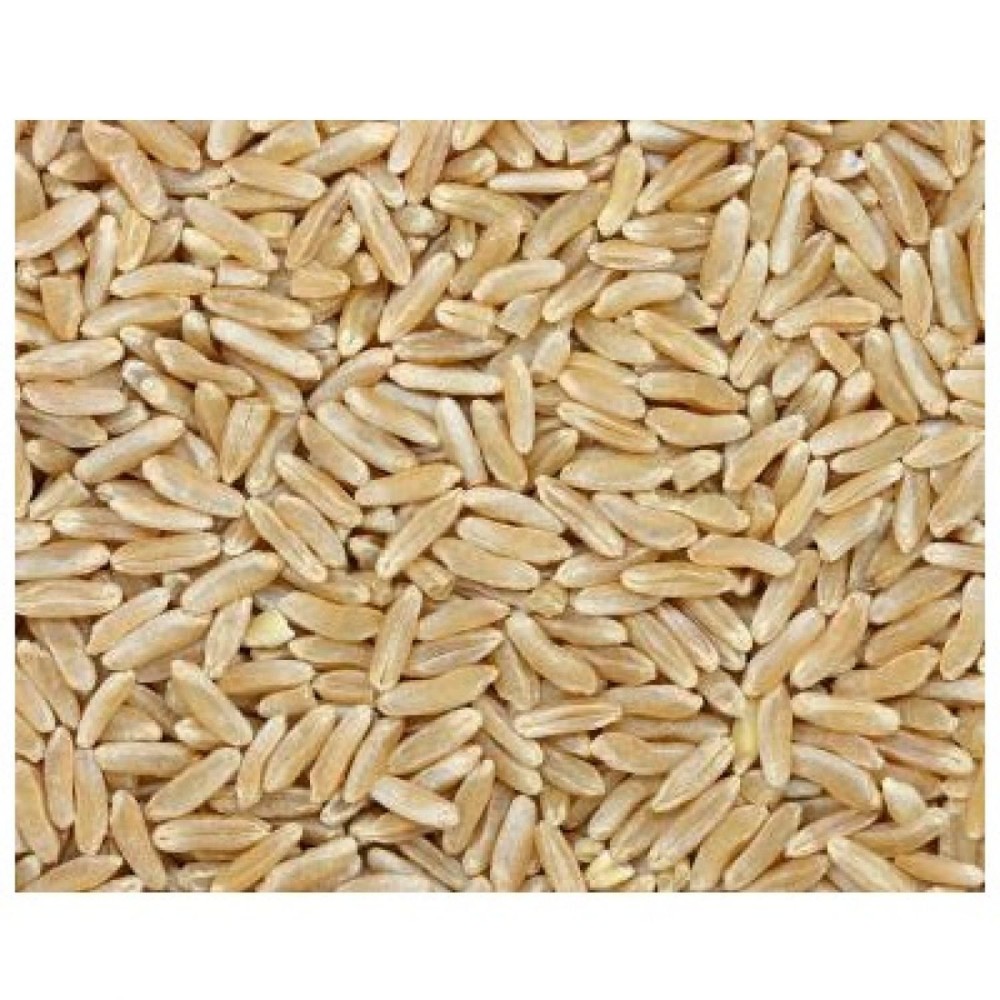Kamut is an ancient grain and the brand name for khorasan wheat, a large amber wheat grain closely related to durum.
Kamut is appreciated for its smooth, buttery, nutty flavor, and its high protein and nutritional content. It contains a high
mineral concentration especially in selenium, zinc, and magnesium with 20-40% morepared to modern-day wheat.
It has a higher lipid to carbohydrate ratio, which means the grain produces greater energy and has a natural sweetness
to counterbalance the occasional bitterness present in traditional wheat. Kamut grain is naturally resistant to pests and
can be more easily grown organically than most other types of wheat. This grain is untouched by modern plant breeding
programs which appear to have sacrificed flavor and nutrition for higher yields dependent upon large amounts of synthetic
agricultural inputs. Kamut berrieseven though this wheat variety contains gluten, it has been found to be more easily
digestible by people who may have slight allergic tendencies. If you are allergic or sensitive to traditional wheat,
this may be an acceptable alternative, but do check with your doctor first before you try it. Kamut's flavor
and nutritional attributes make it excellent in breads, cereals, cookies, crackers, pastries, waffles and pancakes.
The actual wheat grains can be soaked and used in salads. Kamut is also available as freshly stone
ground kamut flour and used to make superior pasta.

